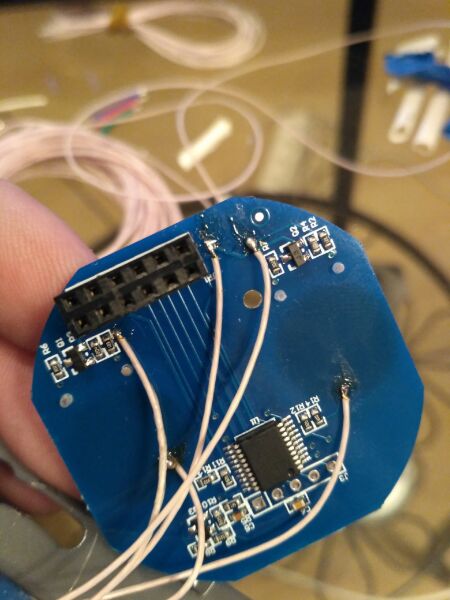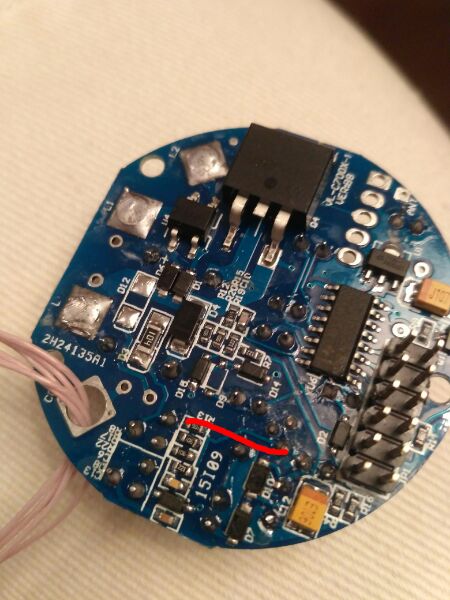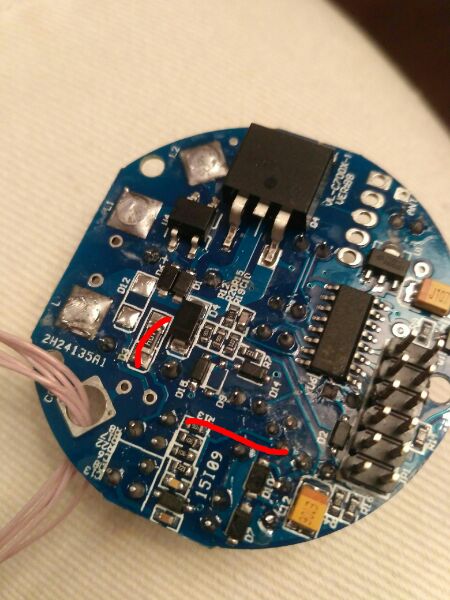livolo Glass Panel Touch Light Wall Switch + arduino 433Mhz
-
Too I´m start working to provide a universal way to feedback status (for HA) to all my Livolo switches. My main concern is how can get enought supply current to my radio circuit (actually im thinking on ESP8266) from a standard connected switch (only the live AC wire avaible for supply on switch wall case) because needed about 3/5 V with 300 ma (peak when wi-fi are at full work) and I cannot see how the supply circuit in the livolo switch can provide that enough amount of power to supply this element.
I cannot see nothing clear how can draw that amount of current trough "any" load connected over the switch...@DJONvl or anyone had well tested what amount of power supply (3V or 5V,) can "secure" draw trough standard connected Livolo switch ?
Can any confirm if that circuit arduino+nrf24 have self power supply (additional) and how need connected and mainly how much current drawn arduino+nrf24 when they are full working ?
That guys https://www.youtube.com/watch?v=Ny8Rt75he0A had working a circuit (comercial purposes) but seems use aditional power supply for that.
Regards
-
Those guys have an additional 12 v power wire in the switch mounting, the wire fore 12v power has been put there during the construction.
The power supply in livolo switches is capable to make up to 250mA current. So I suppose it is not possible to feed the esp8266, but more than enough to power the 328p and Nrf24 radio. Currently I have one double button livolo switch running for a week or so with no issues whatsoever. But you have to change the BOD fuses to 1,8 v. Running at 2,7 bod causes reboot at sending data.
Drawing more power from livolo power supply is not hard, but your load has to be at least 40w light bulbs. -
Those guys have an additional 12 v power wire in the switch mounting, the wire fore 12v power has been put there during the construction.
The power supply in livolo switches is capable to make up to 250mA current. So I suppose it is not possible to feed the esp8266, but more than enough to power the 328p and Nrf24 radio. Currently I have one double button livolo switch running for a week or so with no issues whatsoever. But you have to change the BOD fuses to 1,8 v. Running at 2,7 bod causes reboot at sending data.
Drawing more power from livolo power supply is not hard, but your load has to be at least 40w light bulbs.@Tigroenot Thank you for your quick reply.
I think additional power supply is not the right path for that, because needed modify all house wiring is a real pain and most costly solution.If 250ma drawn current is avaiable from livolo switch I think is really so close for the "calculate" needs for a esp8266, so maybe is time to real test it and see what happends but If esp cannot not work properly it does not matter because you say have stable working arduino+nrf24 that is equal good solution or in some cases maybe better than an alone esp.
Maybe we always easily can add one parallel capacitor at loads (any 0,47nf X2 400V rated or livolo can provide someone too) to increase load current drawn if we find that some switch cannot drawn enough power from his load?
Regards
-
Hello Tigroenot, you have the EU version of livolo correct?
Can you please post a schematic on how you performed the Boost to the power supply? I'm using mysensors+nrf24 so I just need arround 20ma power.
Thank you. -
@Tigroenot Thank you for your quick reply.
I think additional power supply is not the right path for that, because needed modify all house wiring is a real pain and most costly solution.If 250ma drawn current is avaiable from livolo switch I think is really so close for the "calculate" needs for a esp8266, so maybe is time to real test it and see what happends but If esp cannot not work properly it does not matter because you say have stable working arduino+nrf24 that is equal good solution or in some cases maybe better than an alone esp.
Maybe we always easily can add one parallel capacitor at loads (any 0,47nf X2 400V rated or livolo can provide someone too) to increase load current drawn if we find that some switch cannot drawn enough power from his load?
Regards
@jirm
@Tigroenot .The BOD fuses you mean that we need forced to work the 328p at 1.8V and not at 2.7V as default is usually done?
How do you power the arduino + nrf24 circuit?
From what voltage of the switch livolo and since what "pins" ?.
I am not able to see exactly where to extract the feed (in the real circuit board) of the plate on the livolo (I use the version 2016 EU of switches).
You could put some schematic and / or pics regarding how to connect the feed on the livolo board because in the posts I have seen above I am not able to verify it in what correspond at least to my EU version switches?
regards -
I have the pictures, but I have to resize them so the forum engine accepts. I will do it at work tomorrow.
In two words you need to bypass the big resistor that feeds the transformator and decrease the resistance of the voltage divider that controls the mosfet in the primary coil of the trans. I'll provide the pictures.
Can you please show the lower board of the 2016 model switch?P. S. And by the way I didn't find a proper way to control the esp switch in domoticz. I need to have two dummy switches - one for state and one for changing state. I used espEasy and Lua scripts both but no luck... With MySensors it is IMHO the proper way :)
-
I have the pictures, but I have to resize them so the forum engine accepts. I will do it at work tomorrow.
In two words you need to bypass the big resistor that feeds the transformator and decrease the resistance of the voltage divider that controls the mosfet in the primary coil of the trans. I'll provide the pictures.
Can you please show the lower board of the 2016 model switch?P. S. And by the way I didn't find a proper way to control the esp switch in domoticz. I need to have two dummy switches - one for state and one for changing state. I used espEasy and Lua scripts both but no luck... With MySensors it is IMHO the proper way :)
@Tigroenot Ok I wait your pics. I half understand that you say we need to do but better "see" how do it that not suposse because is easy to kill the switch if that is not do it propperly.
I have same problems than you to post here pics from my switch boards and so on (I have all my house with livolo´s... near 40 switch) and need too some time to take good pics and feet to post it here, but tomorrow can upload some of them.See you
-
I have the pictures, but I have to resize them so the forum engine accepts. I will do it at work tomorrow.
In two words you need to bypass the big resistor that feeds the transformator and decrease the resistance of the voltage divider that controls the mosfet in the primary coil of the trans. I'll provide the pictures.
Can you please show the lower board of the 2016 model switch?P. S. And by the way I didn't find a proper way to control the esp switch in domoticz. I need to have two dummy switches - one for state and one for changing state. I used espEasy and Lua scripts both but no luck... With MySensors it is IMHO the proper way :)
@Tigroenot Sorry I dont know Domoticz, and only few little steps in Home Assistant and in past some on Openhab...but I belive that any people there in Domoticz forums can help you for sure to make that work.
I only "ear" that easyesp is so "easy" to make it work with domoticz and for sure you know is trivial for setup easyesp to work a simple relay with any easpeasy sketch for that.
I dont know your exactly issue and how to help you better and also I'm a real newby in any home system, just starting now only with some few steps starting to try to make work livolo's like I want with a realiable (and hope easy way) to provide a good feedback status from them hope universal for any home automation system.
We need some look, but seems close to have some good results.
See you -
Are you saying that you can draw up to 250mA but when you transmit with NRF, which should consume less than 25mA, the power supply is already on it's knees and the voltage drops ?
It doesn't sound like a good idea to make any changes to the main voltage board to achieve this. Have you tried using a ceramic capacitor (100uF or more) to help the power supply when power consumption increases too quickly ? -
It's not just that. In the off state the switch is powered through a standby power circuit. When radio activates it draws power and the same moment the pic of the switch draws power, and the rele changes state to on also drawing a lot of power. All together it is a significant amount of power. So the voltage drops from 3v to 2,7-2,6 causing the brown out.
And the 250mA is in theory. With the trans used. -
And yes, I have a 47uF cap for radio and 100uF aluminum electrolytic cap for power input on the mcu.
I see...
Maybe it can be a good idea to sleep arduino and radio for a short time after button touch to let the relay change state and transmit state to controller only after sleep ?
-
I see...
Maybe it can be a good idea to sleep arduino and radio for a short time after button touch to let the relay change state and transmit state to controller only after sleep ?
@Nca78
Well, now it's working fine for almost two weeks, no issues. I'm always trying to modify the sketch to work even better but it ends up that "the best is an enemy of the good" :)As for connections: as you can see on the photo of upper board I have connected 5 wires (actually later I added sixth). They are ground, two wires to leds for reading status (through 4k7 to pin 5 and 6), and wires to touch sensor pads (through optocoupler to pins 3 and 4, the other side of coupler to ground through 5nF cap) . I showed schematics earlier. With the sixth wire I took 3v from the drilled holes at the bottom of the board, as I remember the central hole. You can make sure with the multimeter.
-
@Nca78
Well, now it's working fine for almost two weeks, no issues. I'm always trying to modify the sketch to work even better but it ends up that "the best is an enemy of the good" :)As for connections: as you can see on the photo of upper board I have connected 5 wires (actually later I added sixth). They are ground, two wires to leds for reading status (through 4k7 to pin 5 and 6), and wires to touch sensor pads (through optocoupler to pins 3 and 4, the other side of coupler to ground through 5nF cap) . I showed schematics earlier. With the sixth wire I took 3v from the drilled holes at the bottom of the board, as I remember the central hole. You can make sure with the multimeter.
Thanks for the pics. I see now little much better how you wired and what is needed modify on switch board (wired bridges on red) to make it working. But form me still need added the schematic for understand all conections from/to arduino+nrf24 and Livolo to really see how all are working together.
So sorry yestarday but I stay so so busy to take pics from my switch´s, but I try today do my best to take some pics of them.I think is so so similar connection like guys from smartsystems controllers are doing for her comercial project s you can see in schematic at min 2:30 on this youtube video https://www.youtube.com/watch?v=LNEE9tjnHR8
If it are so and are the same wired on both (your connections and smartsystems are doing to) I think the connection sources from livolo switch are well tested (over enough time and from diferent people) and is at this moment the better aproach to do that connections to livolo swith.
That is a great step.I Still figuring how much current can drawn from livolo switch and how doing that in a secure maner and with a generical way to supply "any" radio system (better if can including esp) for provide livolo´s with feedback and additional remote way of control because for me still some dubts about that question. But like I say yesterday seems is time to test and test and not more throw more assumptions.
Regards
-
Sorry about the delay. So much bussy these days.
Pictures from my switch version:
3 first are from a dimmer, last are from swtich remote 1 gang - 1 way.
And a quick view I can see maybe only some little diferences comparing @Tigroenot version on main board mainly I see the antenna on mine and not on @Tigroenot and the central connection pad that seems he have on the rigth, but totally diferent on touch board I suposse because his pics are from a dual swtich version.
All my switch has ben purchased only 2 monts ago.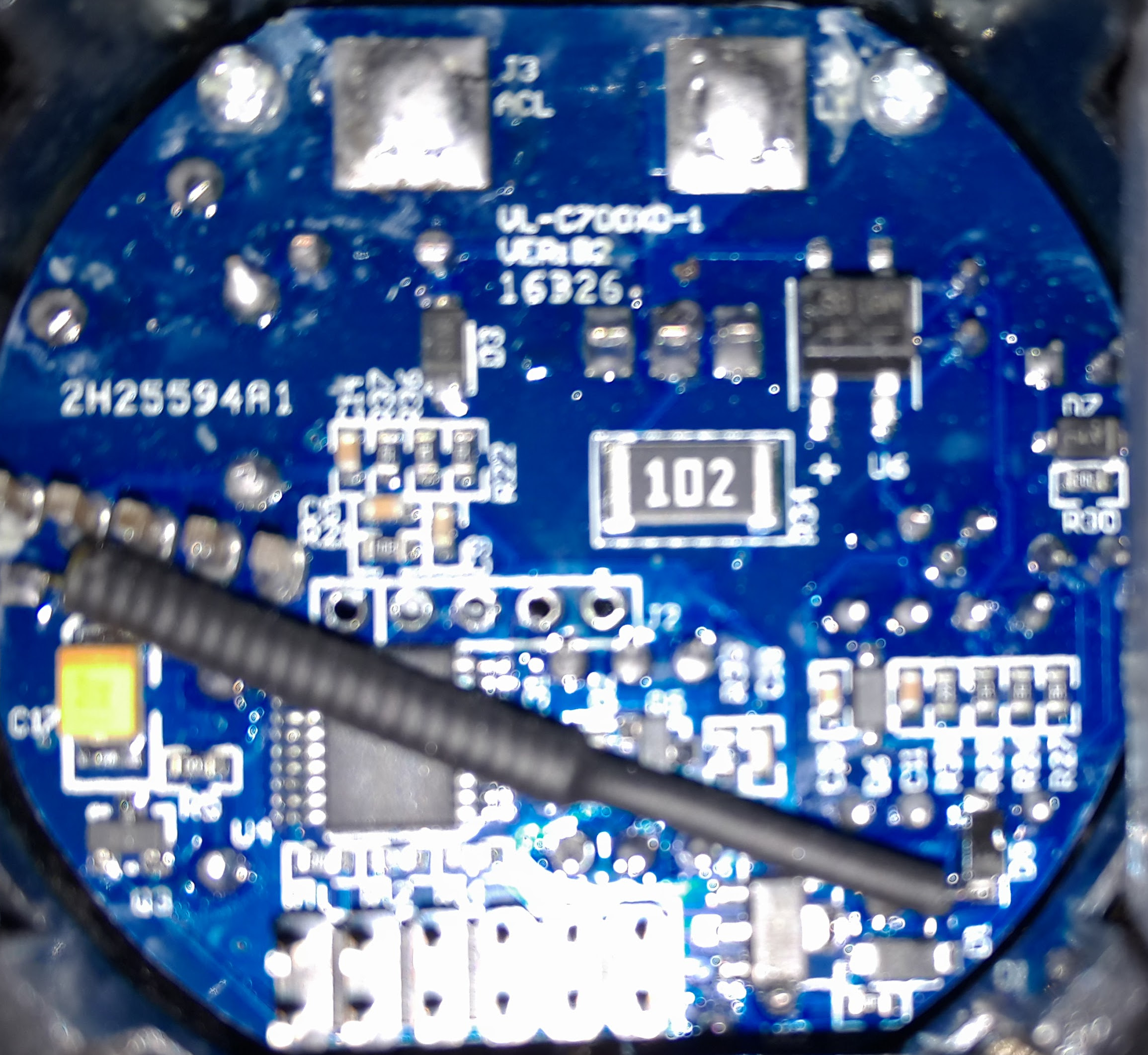
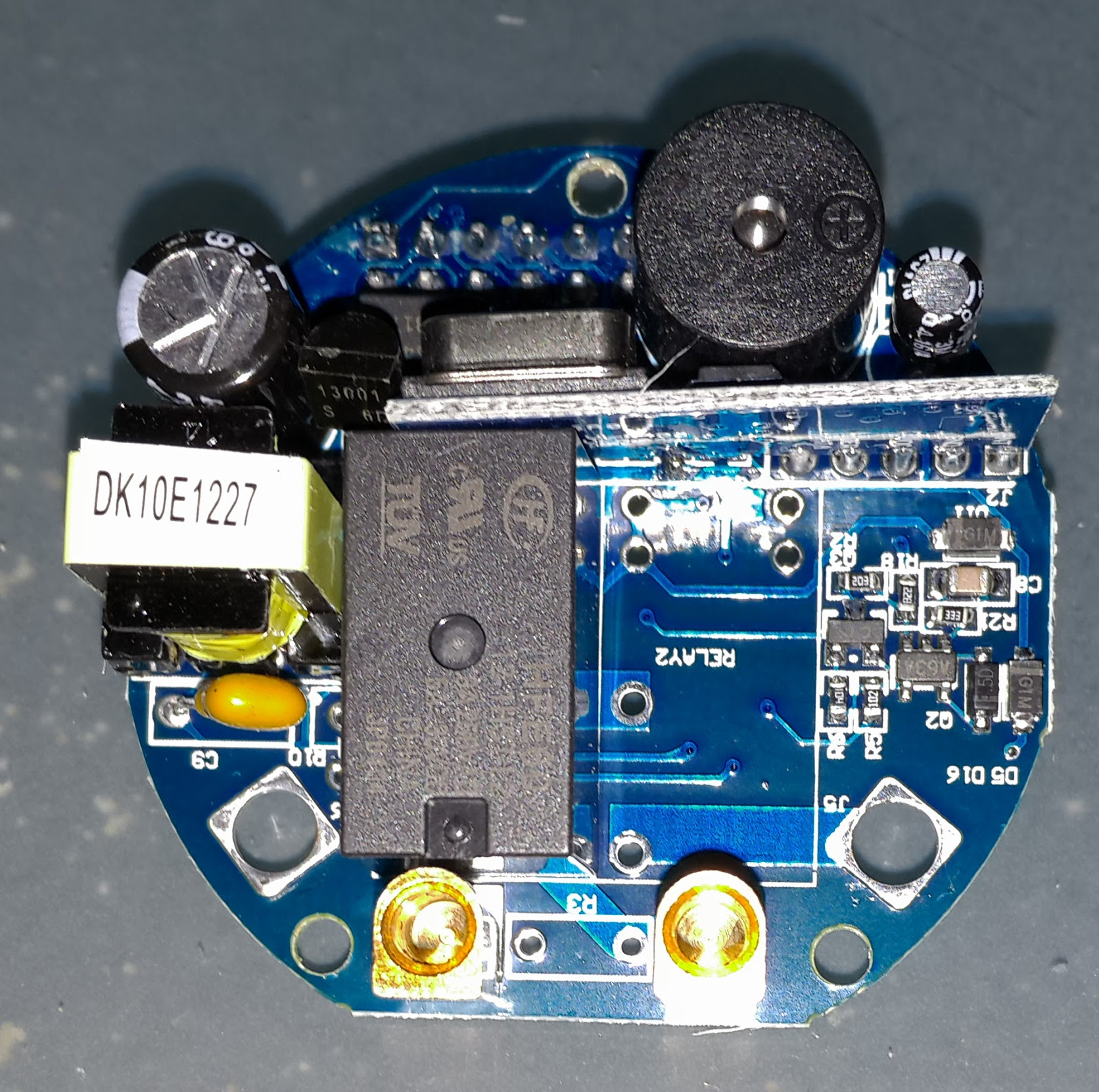
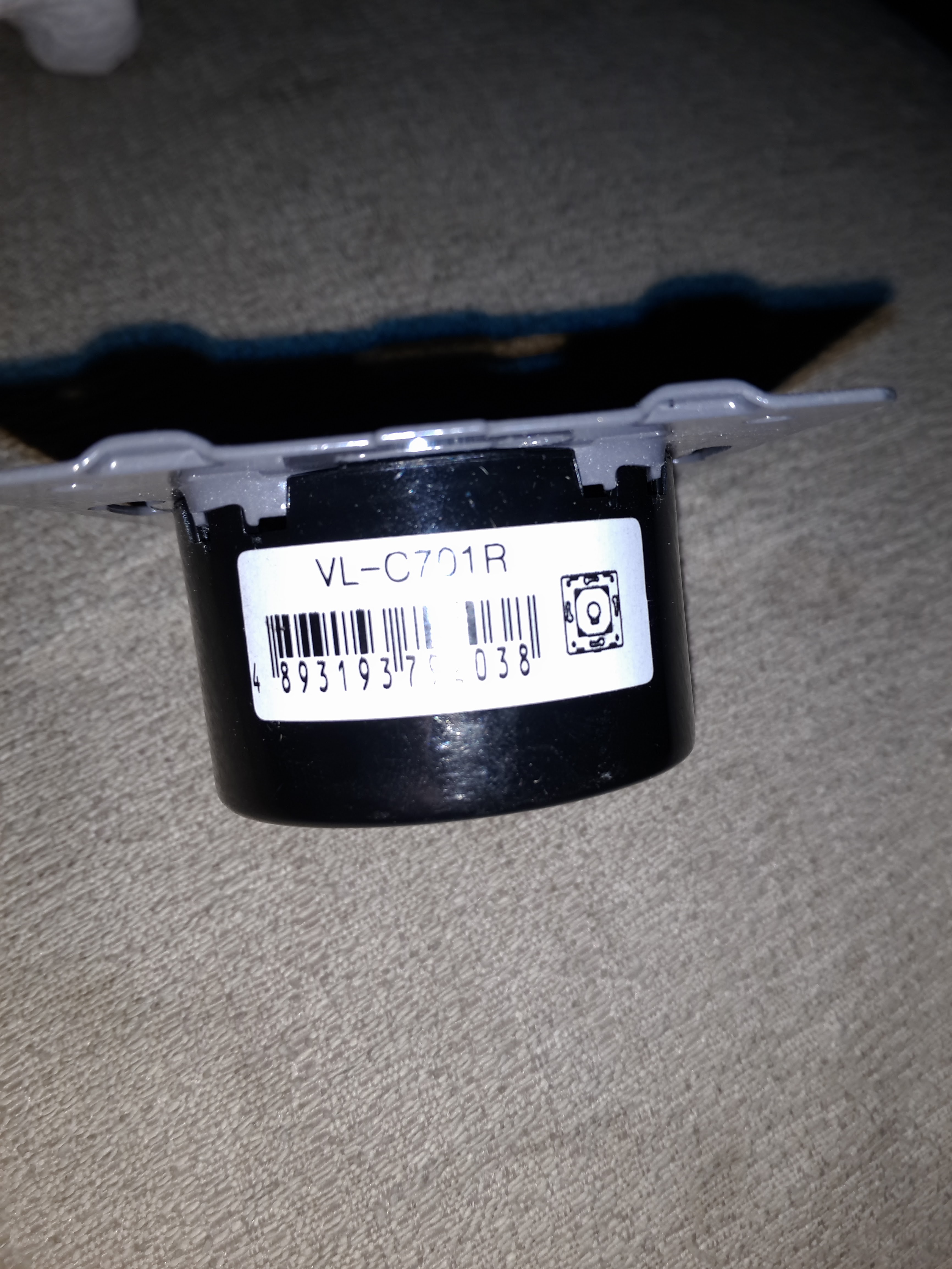
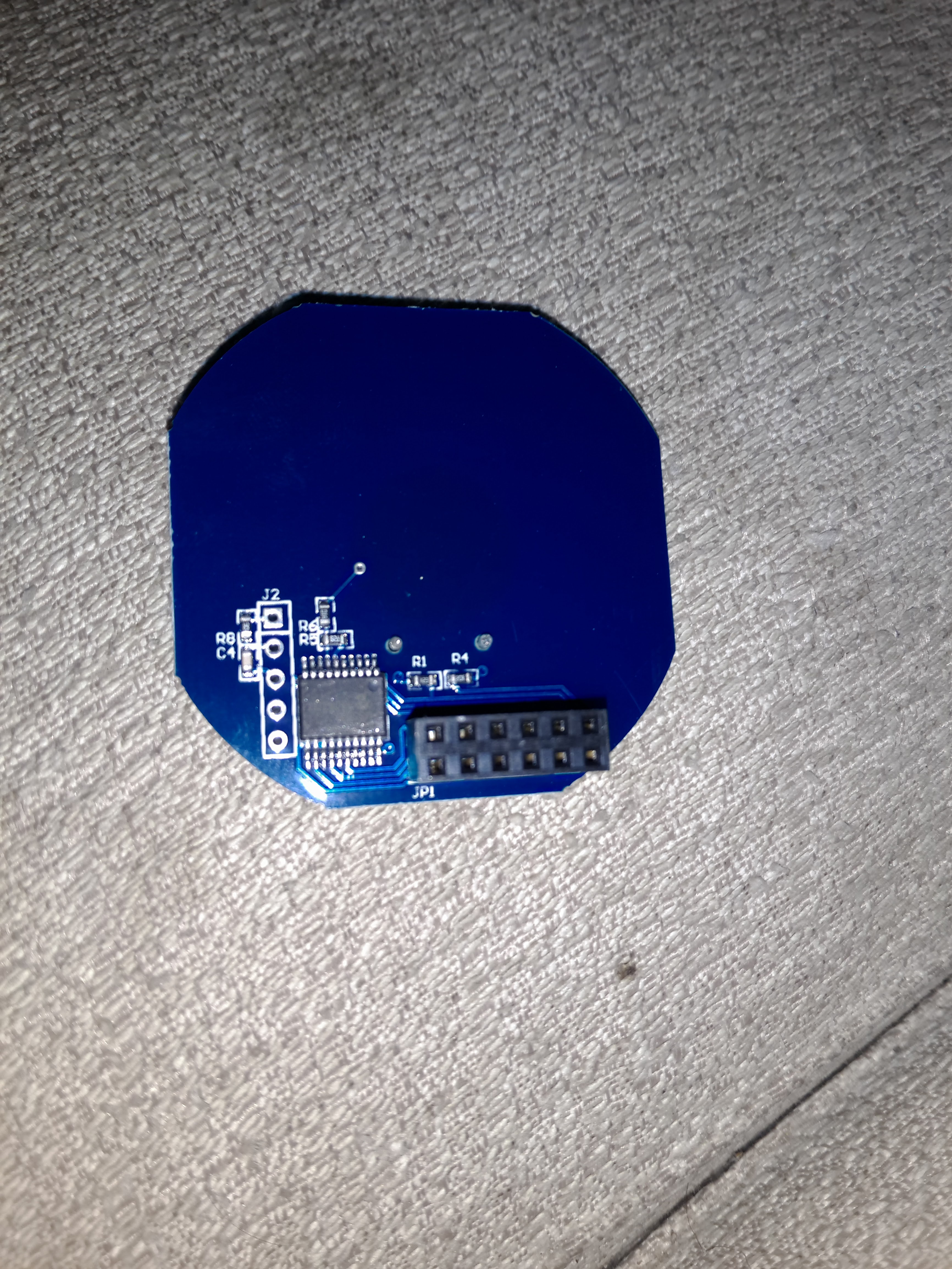
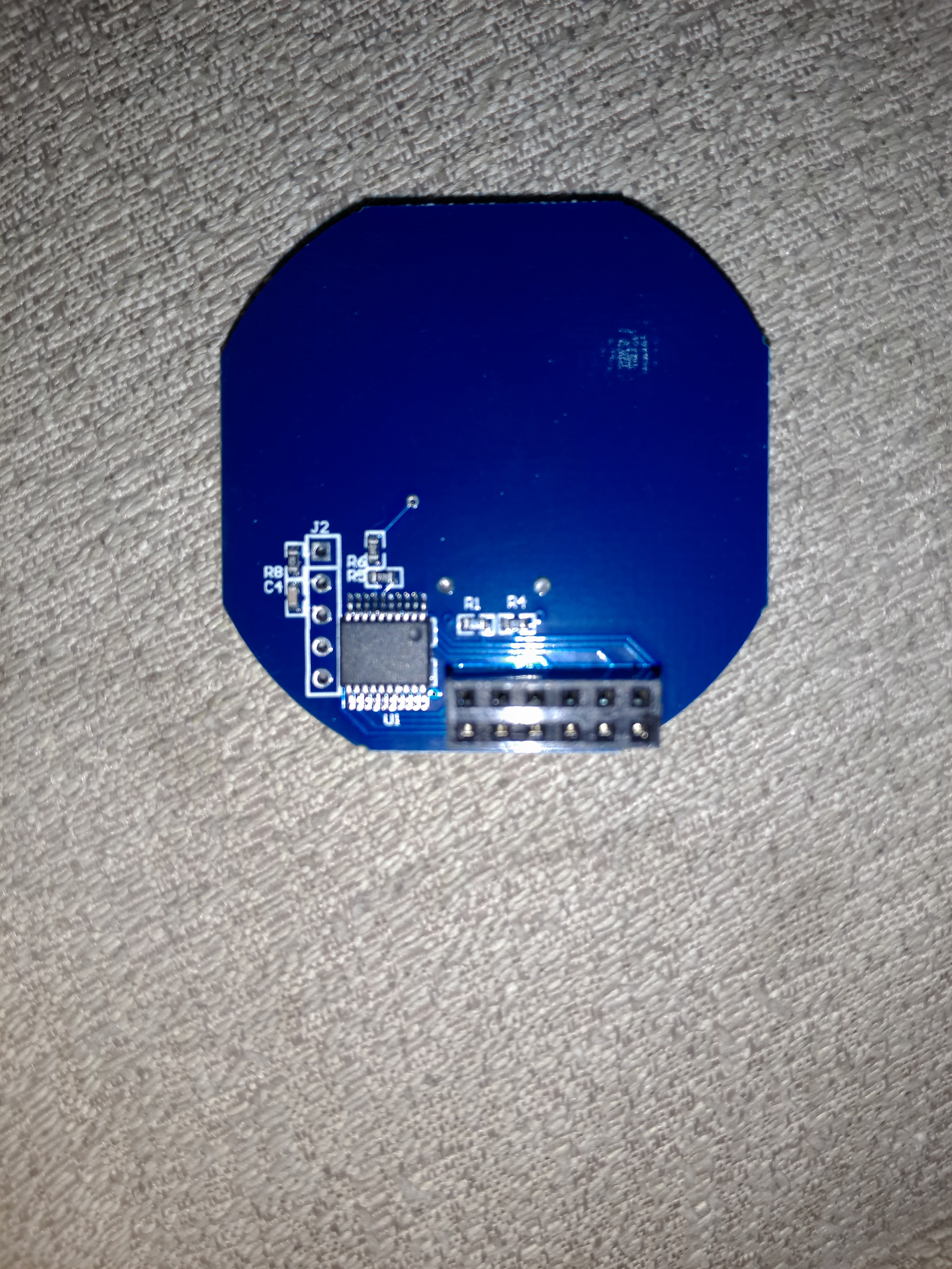
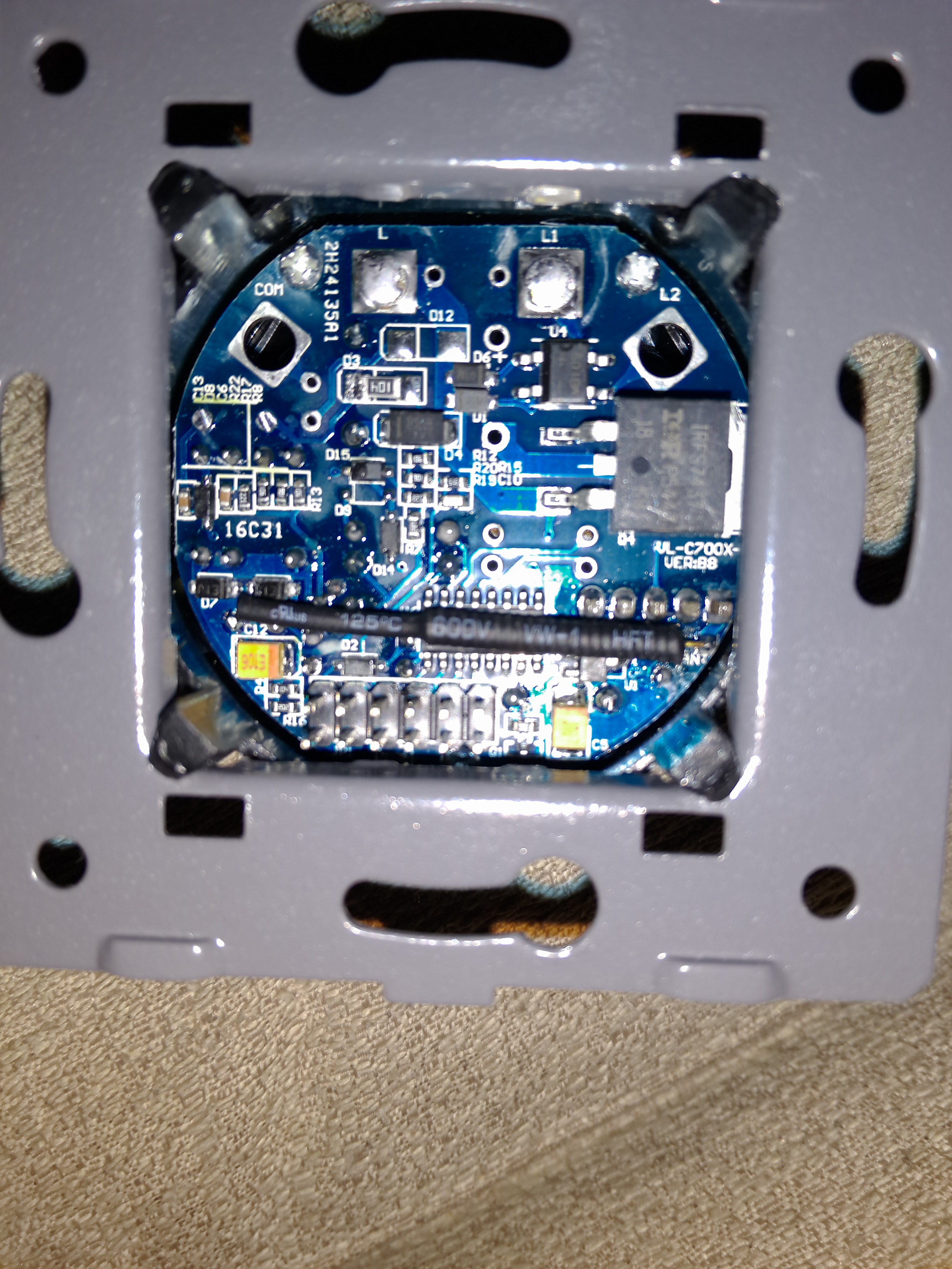
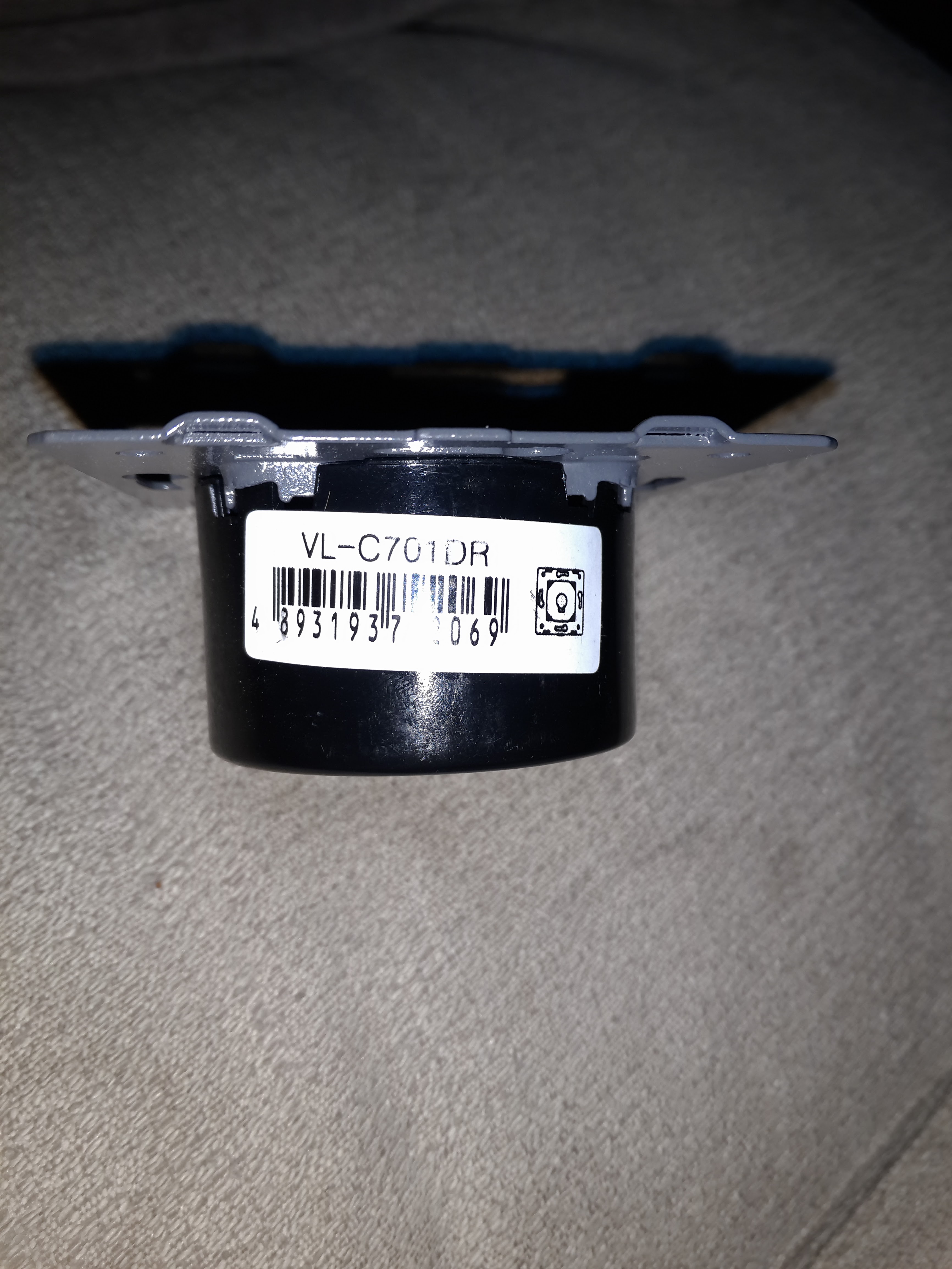
-
Hello everyone,
I am really sorry if I am here making an entirely noob question, but did someone managed to get the light state from this light wall switch? If so is there any video or circuit showing how? I have doubts if i should or should not buy this for my entire house, but if this wall switch cannot send the state through rf i guess it is a no go.
Hope you can help me
-
Hello everyone,
I am really sorry if I am here making an entirely noob question, but did someone managed to get the light state from this light wall switch? If so is there any video or circuit showing how? I have doubts if i should or should not buy this for my entire house, but if this wall switch cannot send the state through rf i guess it is a no go.
Hope you can help me
@Hugo-Pereira said:
Hello everyone,
I am really sorry if I am here making an entirely noob question, but did someone managed to get the light state from this light wall switch? If so is there any video or circuit showing how? I have doubts if i should or should not buy this for my entire house, but if this wall switch cannot send the state through rf i guess it is a no go.
Hope you can help me
Hello, by default it is not sending the status by radio (which is used for receiving only).
But I think with the modifications you can see earlier in the thread it can send and receive using nrf24/mysensors. These are based on the basic switch without radio, no use to buy the much more expensive radio versions when the radio will not be used.I'm using a different approach which is to replace completely the PCB, so there are no modifications to do to the "main power" part, just plug the new touch PCB (that includes logic and NRF radio). I'm doing it for another switch format (US/AU) but the logic is very similar in EU format switch so if there is a demand I will adapt my PCB for this format later.
-
@Hugo-Pereira said:
Hello everyone,
I am really sorry if I am here making an entirely noob question, but did someone managed to get the light state from this light wall switch? If so is there any video or circuit showing how? I have doubts if i should or should not buy this for my entire house, but if this wall switch cannot send the state through rf i guess it is a no go.
Hope you can help me
Hello, by default it is not sending the status by radio (which is used for receiving only).
But I think with the modifications you can see earlier in the thread it can send and receive using nrf24/mysensors. These are based on the basic switch without radio, no use to buy the much more expensive radio versions when the radio will not be used.I'm using a different approach which is to replace completely the PCB, so there are no modifications to do to the "main power" part, just plug the new touch PCB (that includes logic and NRF radio). I'm doing it for another switch format (US/AU) but the logic is very similar in EU format switch so if there is a demand I will adapt my PCB for this format later.
@Nca78 Very interisting if the prices are the same and the design! You have a buyer :P Hope you ship to Portugal eheh I will be waiting for your solution for EU. Cause honestly i did not wanted to make too complicated adaptations on the circuit.

